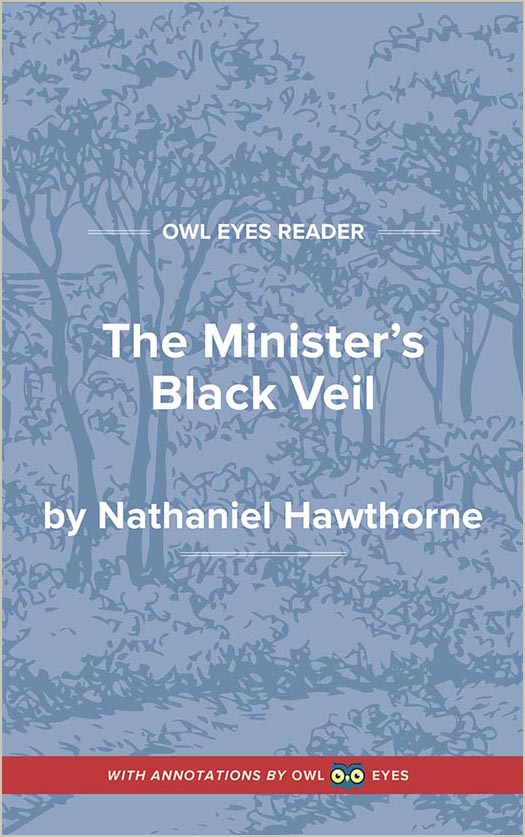Study Guide
Analysis Pages
Introduction
In “The Minister’s Black Veil,” Hawthorne presents another variation on his favorite theme: that humankind is universally afflicted with the so-called seven deadly sins (pride, covetousness, lust, envy, gluttony, anger, and sloth). Like all Hawthorne’s short stories, it displays the author’s vivid imagination. It also shows exceptional artistry. Whereas in “Young Goodman Brown” Hawthorne tears off people’s masks and exposes their real faces, in “The Minister’s Black Veil” he hides the face of a single character and thereby creates the impression that the exposed faces of all the other characters are actually masked.
“The Minister’s Black Veil” lacks the relieving humor of stories such as “Wakefield,” “Young Goodman Brown,” and “My Kinsman, Major Molineux.” Consequently, the single effect it produces by its overall mood is unremittingly grim and unpleasant. It is hard to sympathize with any man who would choose to wear a black veil all of his life, even to bed, and it is certainly easy to understand why his horrified fiancé would decide to reject him. The story is interesting mainly because the minister is an obvious precursor of the Reverend Arthur Dimmesdale in Hawthorne’s most famous work, the novel The Scarlet Letter.

